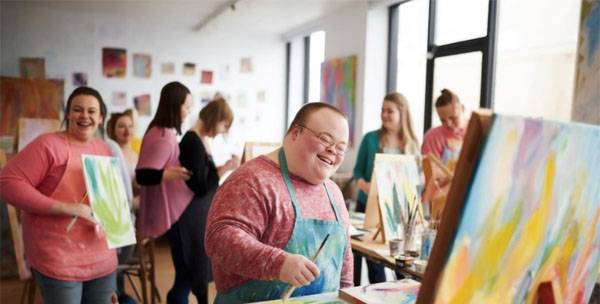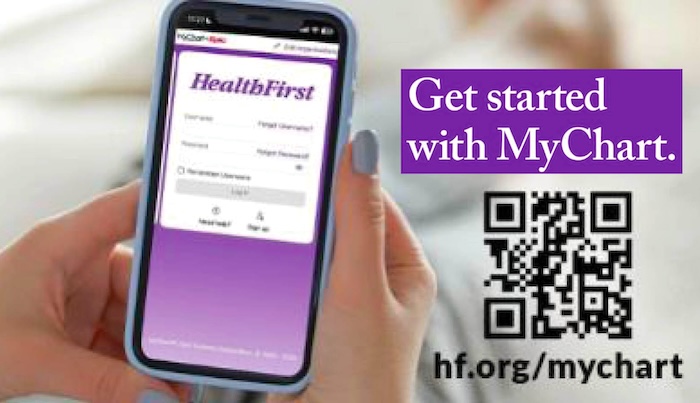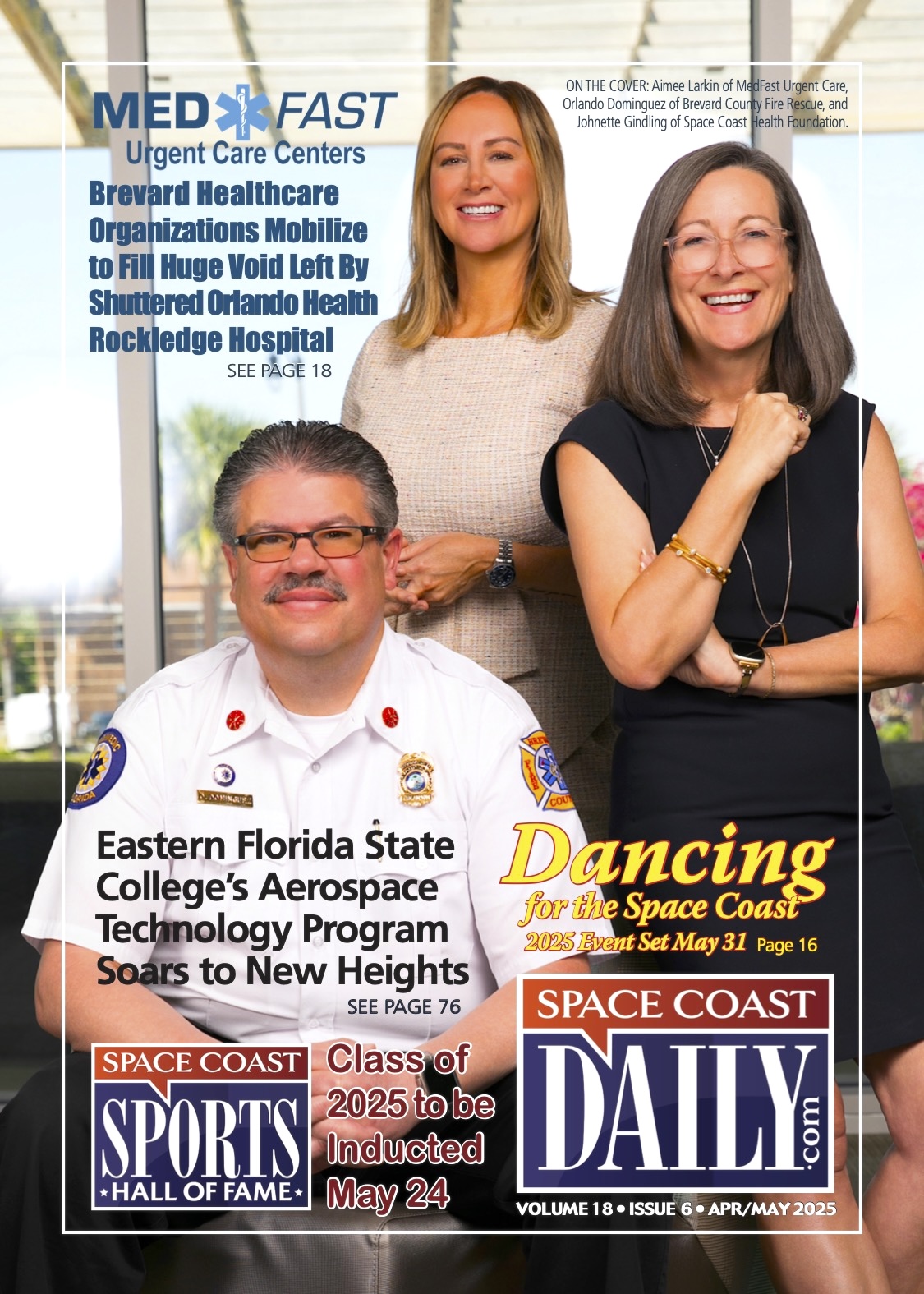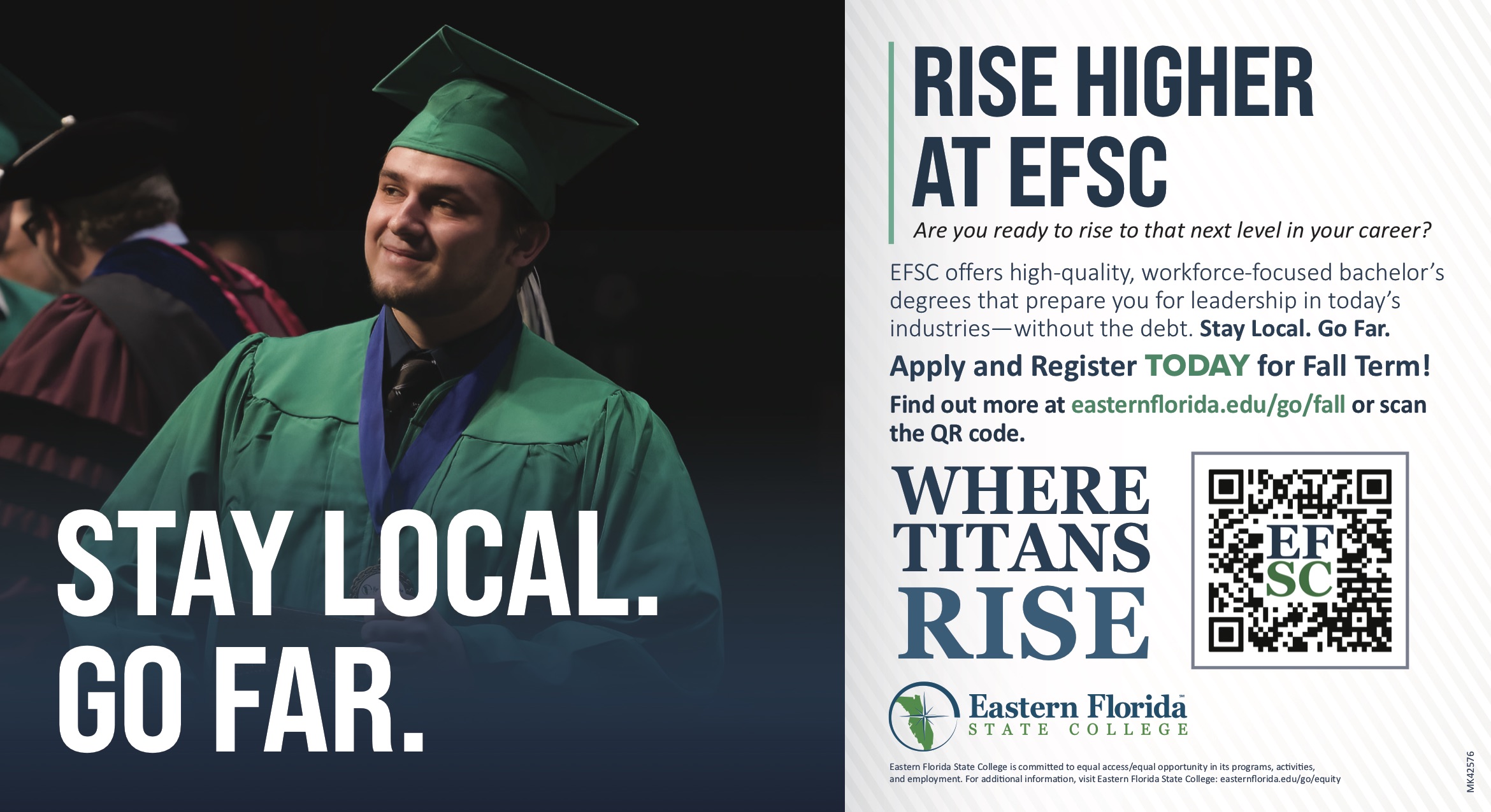Recognizing and Understanding Disabling Medical Conditions: 6 Things To Know
By Space Coast Daily // March 13, 2024

Disabling medical conditions affect about 1.3 billion people worldwide. That’s about 16% of the global population. But while many are familiar with physical disabilities like paralysis or blindness, disabling medical conditions take countless forms.
They can range from chronic illnesses and mental health disorders to neurological differences and more.
This article enumerates the important things you need to know to recognize some of the most common disabling medical conditions in sensitive ways, as well as actionable ideas for better supporting loved ones and coworkers in your life who live with disabilities. By spreading awareness and education, everyone can cultivate a society that genuinely embraces and includes people of all abilities.
What are considered disabling medical conditions?
Knowing and understanding disabling medical conditions are only the first steps to cultivating awareness and empathy. So, for starters, disabling medical conditions are health conditions that can limit major life activities and restrict participation in typical daily tasks. Some of the most common types include:
- Mobility impairments
Mobility impairments are probably the first that comes to mind for many people when it comes to disabling medical conditions. According to the CDC, 12.1% of Americans live with some form of mobility impairment. These include any conditions that limit someone’s ability to move around freely and easily. Some examples are paralysis, amputations, musculoskeletal issues related to bone and muscle, spinal cord injuries, cerebral palsy, multiple sclerosis, Parkinson’s, and muscular dystrophy.
People with any of these mobility issues may find it monumentally challenging to do things like walk, stand, grasp objects, or even dress independently. Thus, they depend on assistive devices like wheelchairs, walkers, canes, or crutches to get around daily.
- Hearing loss
Another extremely common condition many don’t think of as a disability is hearing loss. It varies from mild to profound and is present in folks of all ages.
Some are born with hearing impairments, while others lose their hearing gradually or suddenly through illness, injury, or simply as a natural part of aging. Meanwhile, if you suspect changes in your hearing, you can take an online hearing test to assess your hearing health. Long-term exposure to loud noise is a major cause of acquired hearing loss. No matter the cause, the inability to interpret speech and sounds clearly can lead to significant communication barriers and safety concerns.
Hearing aids and cochlear implants are useful devices to amplify sounds. However, assistive services like sign language interpreters, captioning, and transcription are also invaluable accessibility tools.
- Vision impairment
Vision impairment is another prevalent disability, affecting over 2.2 billion people globally. It can be caused by all kinds of eye conditions – glaucoma, macular degeneration, and cataract, to name a few. In some cases, it may also be brought about by accidents.
No matter the specific diagnosis, losing vision means losing the ability to perceive your surroundings visually. Suddenly, reading, recognizing faces, safely navigating spaces, and performing chores become challenging.
Aids like prescription glasses, magnifiers, and screen reading software are designed to help maximize remaining vision. Orientation and mobility training, guide dogs, and white canes are also invaluable for adapting and remaining independent.

- Cognitive disabilities
When talking about disabilities, conditions impacting cognitive function like memory, focus, and information processing often get overlooked. But they’re more common than you might think. About 12.8% of the American population is diagnosed with cognitive disabilities, which affect the brain’s ability to process information. Conditions like Down syndrome, autism spectrum disorder, ADD/ADHD, dyslexia, dyscalculia, and intellectual disabilities fall under this umbrella.
For people with cognitive disabilities, concentration and decision-making can be extremely difficult. But with proper support, therapy, educational aids, and new learning strategies, success is absolutely possible.
- Mental health conditions
Mental health issues like PTSD, anxiety, depression, bipolar disorder, and schizophrenia can be extremely disabling. Unlike physical disabilities, they’re often invisible on the outside. But internally, they can profoundly limit executive functioning, concentration, sleep, appetite, energy, and even the ability to handle day-to-day responsibilities. Mental illnesses can also lead to emotional withdrawal and isolation.
Thankfully, a range of treatment options exists, like counselling, medication, lifestyle changes, emotional support animals, and social services.
- Autoimmune disorders
Autoimmune diseases cause the body’s immune system to go haywire and attack its own healthy cells and tissues. Diseases like lupus, rheumatoid arthritis, multiple sclerosis, and type 1 diabetes belong in this category. These often lead to widespread inflammation, pain, fatigue, and even permanent organ damage.
While autoimmune diseases aren’t curable, a multifaceted approach helps manage symptoms. For instance, medications can suppress the overzealous immune response. Meanwhile, dietary changes help avoid triggers, and little lifestyle adjustments conserve energy.
Recognizing disabilities with sensitivity
It’s important to recognize disabilities with sensitivity and respect. Here are some tips:
■ Don’t make assumptions about someone’s abilities based on their appearance or diagnosis. Ask how you can help or wait for them to request assistance.
■ Use people-first language that emphasizes the person before the disability (e.g., ‘person with disability’ rather than ‘disabled person’ or handicapped’). People are so much more than their disabilities, so don’t define them by it.
■ Understand that not all disabilities are visible. Respect privacy and wait for individuals to disclose health information.
■ Don’t view those with disabilities with pity. Approach them as you would anyone else.
The bottom line
Truly recognizing and understanding disabilities is how you can build an inclusive society that’s supportive of all people. By embracing diversity in all its forms and breaking down the stigma around these conditions, you can create more accessible spaces in schools, workplaces, and communities where everyone and anyone can participate.












